Mission and/or Philosophy Statement:
Mission and philosophy statements are brief, formal, and written statements that describe a program’s purpose and goals, who the program serves, how and why the programs delivers the services it provides.
Health:
Health policies describe the steps you take to create a healthy environment for the children in your program. Your policy may include information about required immunizations, sanitation procedures, or ways you teach children about healthy hygiene.
Safety:
Safety policies describe your program’s rules and procedures that focus on keeping the children in your program safe. Your policy may include information about who is allowed to transport children to and from your program, how outdoor activities are monitored, emergency procedures, and fire safety practices.
Positive Behavior Practices:
Positive behavior practices are the techniques and strategies your program uses to guide a child’s social and emotional development and steps you take to avoid negative behaviors before they occur.
Tuition/Enrollment:
Your tuition and enrollment policies help families understand the cost of your program and how you handle payment. While it is unnecessary to include actual tuition rates in your policy, you may include when and how you accept payment. Enrollment policies may include the number of children you accept to your program, when families can enroll their children, if you use a waiting list when your program is full, or other information you feel will be helpful for families to know.
Inclusion of children with disabilities and special health care needs:
In an inclusive program, children with and without disabilities have access to and participate in the same routines, play, and learning experiences. Inclusive practices benefit all children while being especially beneficial to children with special needs.
It is important to address inclusion policies in your handbook, agreement, or contract so families clearly understand the ways you work to include all children in your program, including children with special needs.
Communicating with Families:
Written information related to communicating with families may include: welcoming messages about the importance of communicating with families, types of communications families might expect from your program (daily notes, newsletters, family conferences), preferred ways families can initiate communication with your program (direct contact, email, text messaging, phone calls), preferred times for communicating with your program (naptime, pickup).
Physical Fitness:
Childhood establishes many healthy lifelong habits, including physical fitness. Families benefit from understanding your program’s approach to physical fitness so they can help prepare their children for the physical activity your program provides (proper clothing, equipment, proper medication for children with special health needs such as asthma).
Nutrition:
Like physical fitness, proper nutrition fuels bodies and brains. Families are better able to support nutrition policies that are clearly stated in writing.
Curriculum:
A curriculum outlines the skills and knowledge the children in your program will learn. It includes goals for learning and activities that help children achieve those goals. Informing families about the curriculum encourages interest and engagement with your program.
Child Assessment:
Child assessment is used to monitor children’s progress. Written information that describes your child assessment policy helps families understand the purpose of tracking their child’s progress. There are a variety of assessment methods and tools for tracking children’s development and learning. Developmental checklists, observation, and anecdotal records are examples of assessment tools and techniques.


